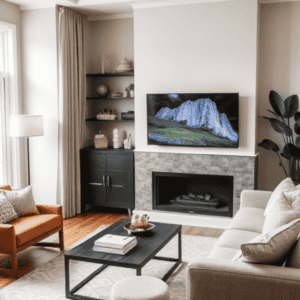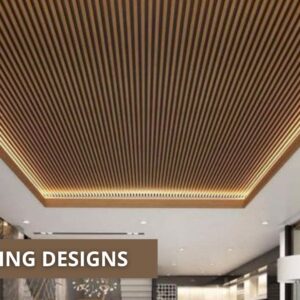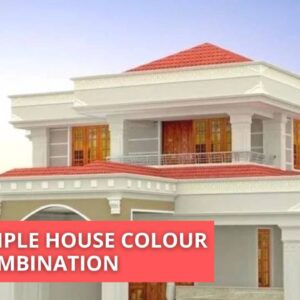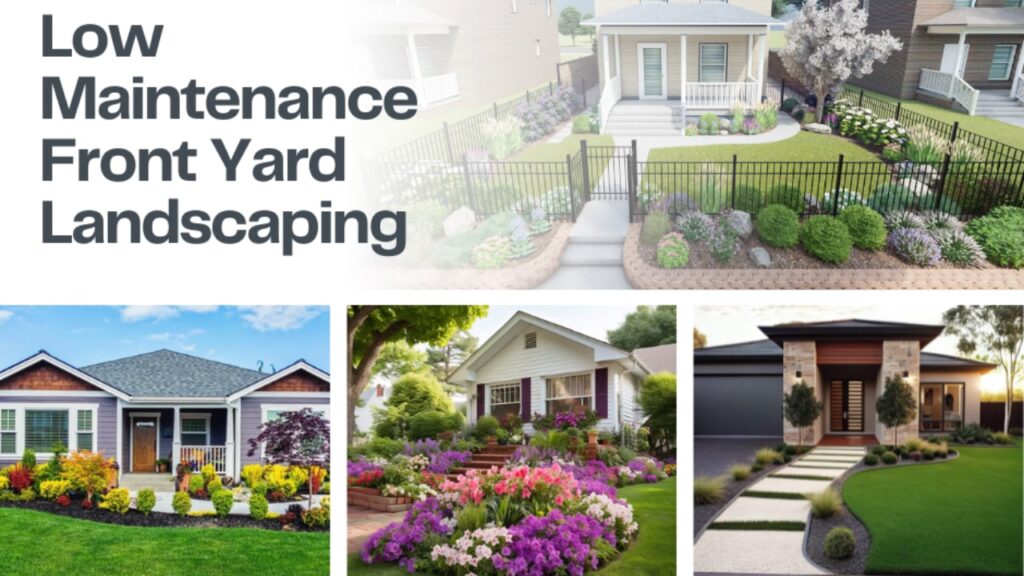
Introduction
In today’s fast-paced world, finding time to maintain a lush and vibrant garden can be a challenge. Many homeowners desire a beautiful front yard but lack the time, resources, or energy to invest in regular upkeep. Low maintenance front yard landscaping offers an ideal solution for those seeking a visually appealing outdoor space that requires minimal effort. This article explores the principles, ideas, and practical tips for creating a low maintenance front yard landscaping, enabling you to enjoy a stunning landscape without the constant need for attention.
Why Choose Low Maintenance Front Yard Landscaping?
Not only is low maintenance landscaping about time reduction in gardening, but it also involves the making of an environment that is sustainable, resilient, and beautiful. Here are some key reasons why low maintenance landscaping should be considered in your front yard:
- Time Efficiency: Gardening can hardly fit into busy schedules. You can have a beautiful garden with low maintenance front yard landscaping and still not spend much time on it.
- Cost-Effective: Traditional landscaping may lead to high costs due to continuous expenditures such as for fertilizers, water, or plants. Low maintenance landscapes are designed to be resource-efficient thus they reduce long-term costs.
- Environmental Benefits: Low maintenance front yard landscaping helps conserve the surroundings by using drought-resistant plants and reducing water usage hence promoting sustainability.
- Increased Property Value: A well-designed front yard that requires little attention can boost curb appeal and increase the worth of your property as a whole.
- Aesthetic Appeal: Do not think that low maintenance means ugly at all. By choosing appropriate plant materials and designing them well you will create an attractive front yard that will go hand in hand with your home’s design styles while making it visually appealing as well
Key Principles of Low Maintenance Front Yard Landscaping
At least some minimum principles must be adhered during the designing and planting process if you want your front yard landscape to look simple in terms of maintenance.
- Choose Native Plants: The necessity for water and artificial fertilizers is reduced when you use native plants because they are already resistant to local climate conditions and soil types. If you plant species that originated in your area, there will be lesser need for constant care while also promoting the survival of local fauna.
- Go with Drought-Tolerant Plants: Xerophytes, which are more commonly known as drought tolerant plants, are a great option for low maintenance landscaping. These plants thrive well in dry areas thus requiring irrigation once they have taken root. A desert-like garden would do perfectly with succulents or maybe ornamental grasses or some shrubs.
- Add Mulch: One of the easiest but very effective techniques is mulching for conserving soil moisture, suppressing weeds, and enhancing soil productivity. Wood chips, compost, and bark are popular forms of organic mulches that decay with time improving the quality of the soil and hence decreasing weed growth and water requirement.
- Use Low Maintenance Ground Covers Instead: Traditional lawns need regular mowing, watering, and fertilization; ground covers can serve as their substitutes even though they require less maintenance than any other similar plantings does this mean that no regular attention should be given? No! Some examples of low-maintenance ground cover include creeping thyme, clover, or sedum which provide a green carpet look without much effort being invested into them every so often as others require
- Introduce hardscape elements: Many materials can be used as part of the landscape designs. Such non-living features include stone pathways, gravel beds and decorative rocks etc which in addition to reducing the amount of plant material that needs care also add structure and visual interest to the front yard.
- Think Simple Design: The best landscape design is less complicated than one that is complex. It becomes easier to handle a simple well-arranged landscape plan than a complicated one. Grouping plants with similar water, sunlight, and soil requirements together simplifies maintenance routines. To achieve a unified low-maintenance scheme, choose clean lines, symmetrical patterns and restricted color palettes.
Practical Ideas for Low Maintenance Front Yard Landscaping
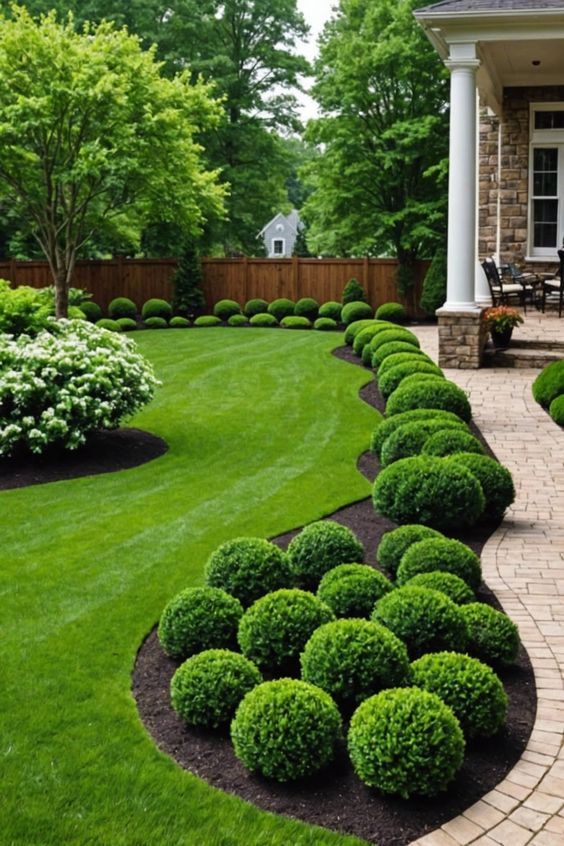

With the principles of low maintenance landscaping in mind, let’s explore some practical ideas and design concepts to transform your front yard into a beautiful, easy-to-care-for space.
1. Drought-Resistant Planting Zones
Creating planting zones with drought-resistant plants is a smart way to minimize water usage and maintenance efforts. Consider dividing your front yard into different sections based on sunlight exposure and soil conditions, then select plants that thrive in those specific areas.
- Sunny Spots: In full sun areas, select such crops as lavender, yucca or coneflowers which can tolerate bright and dry conditions.
- Shady Spots: Other plants like hostas, ferns, or heucheras, do well in lower light settings and require little attention.
- Mixed Light Zones: In addition, there are mixed light conditions where you may require versatile plants such as daylilies, salvia, or coreopsis that adjust well to any light condition.
2. Perennial Plantings
Perennials are those plants that come back season after season without needing to be replanted. By incorporating perennials into your front yard design, you eliminate the need for seasonal planting and make sure that your landscape remains lively throughout all the seasons of the year.
- Perennial flowers: For instance, black-eyed susans, echinacea or geraniums offer long blooming times with little attention. They are not very demanding in terms of upkeep; you only require some bit of deadheading occasionally.
- Ornamental grasses: Some examples are feather reed grass, blue fescue or switchgrass which give your scenery texture and movement- besides being sturdy enough to withstand minimal precipitation and occasional trimming alone will do for them too
3. Rock Gardens
Rock gardens are an excellent low maintenance front yard landscaping option that combines natural stones with drought-tolerant plants. The rocks provide structure and reduce the amount of plant material needed, while the plants add color and softness.
• Plant Selection: Choose plants like sedum, hens-and-chicks, and creeping phlox, which thrive in rocky, well-drained soils.
• Design Tips: Arrange rocks of varying sizes to create a natural look. Incorporate gravel or small pebbles around the plants to enhance drainage and reduce weeds.
4. Gravel and Stone Pathways
Incorporating gravel or stone pathways into your front yard design not only adds visual interest but also reduces the need for grass or other high-maintenance ground covers. These pathways can guide visitors through your garden while providing a clean, low-maintenance surface.
- Gravel Pathways: Gravel is an affordable and easy-to-install option. It allows water to permeate the ground, reducing runoff and erosion. To keep gravel in place, use edging materials like steel or stone.
- Stone Pathways: Stone pavers or flagstones create a more formal look. They require little upkeep and can be set in sand or gravel to allow for easy adjustments.
.
5. Evergreen Shrubs and Trees
Evergreen shrubs and trees are staples of a low-maintenance landscape. They give color and shape to your front yard year-round without requiring or other care.
- Shrub Selection: Boxwood, juniper, and holly are common examples of evergreen shrubs that keep their form as well as hue throughout the twelve months. They only require minimal pruning and are pest-resistant.
- Tree Selection: Some ideal choices for small evergreen trees include dwarf spruce, Japanese holly, and arborvitae for landscaping in front of your house. The trees add interest as well as height but should not overcrowd the space.
6. Container Gardening
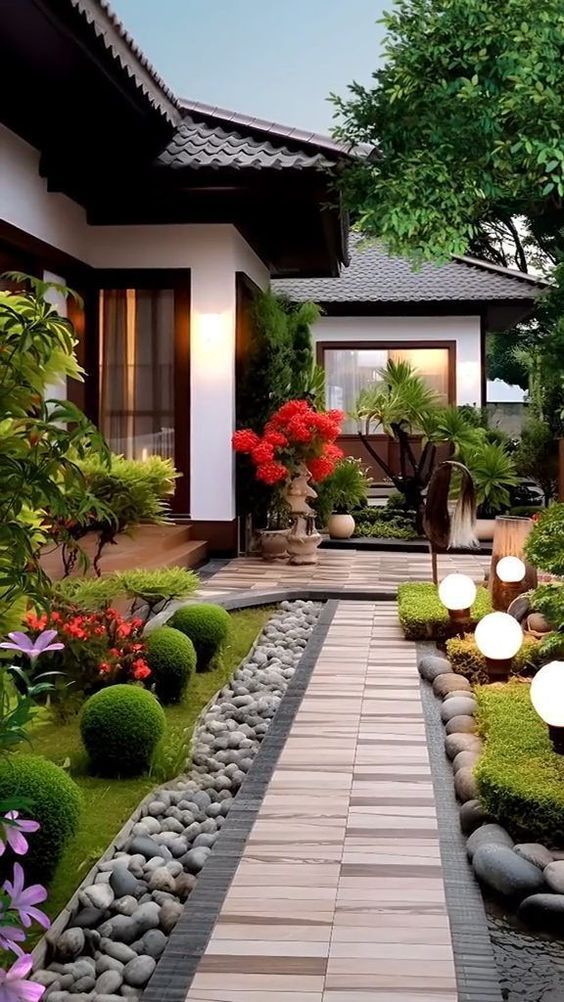
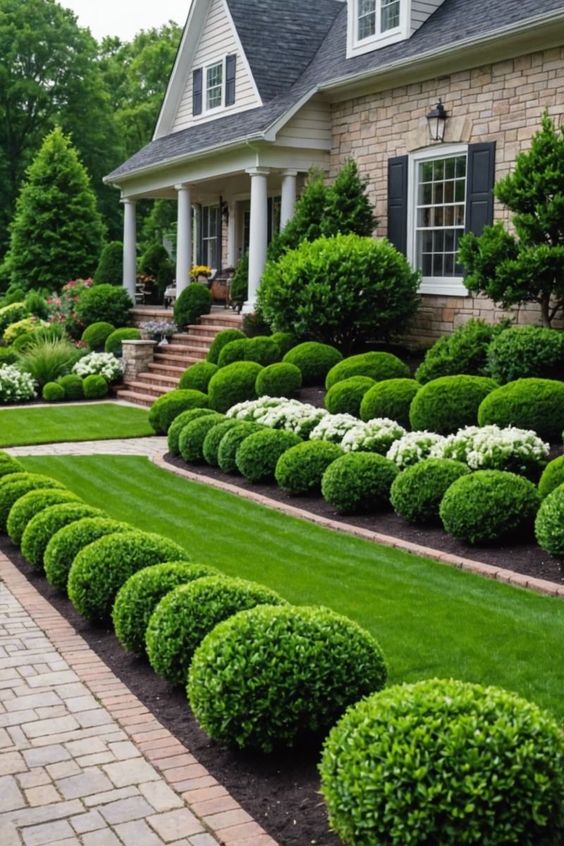
To bring color and texture to your front yard, container gardening is a flexible method that requires little maintenance. This way you can determine soil quality, reduce irrigation needs, and rearrange plants according to your design preferences.
- Container Choices: Use large containers made of materials such as ceramic, concrete or resin which retain moisture even when exposed to outside conditions.
- Plant Selection: For your containers choose succulents like geraniums and ornamental grasses which are drought-tolerant. Group plants with similar water/lighting needs to make care simple for yourself.
7. Low Maintenance Lawn Alternatives
Traditional lawns need to be mowed, watered, and fertilized regularly. If you want to reduce your workload of yard maintenance, consider replacing all or part of it with low-maintenance alternatives.
- Ground Covers: Opt for creeping thyme, clover, or sedum as alternative ground covers to grass. These require minimal cutting and provide a green carpet that is both durable and appealing.
- Artificial Turf: Artificial turf resembles natural grass but does not require cutting, watering, or fertilization. Synthetic turfs today are strong enough, look like the real thing, and can be easily fitted.
- Gravel or Mulch Beds: Gravel or mulch beds may take the place of lawn areas. They are easy to maintain with a minimalist appearance. Add a few drought-tolerant plants for color and interest.
8. Automated Irrigation Systems
Even in a low maintenance landscape, some watering may be necessary, especially in the early stages of plant establishment. Using an automatic watering system saves time and ensures your plants get just enough water.
- Drip Irrigation: Drip systems are best since they avoid wasting water through evaporation as well as overwatering thus minimizing plant stress hazards caused by late wetness before drying out at night. These systems can be installed easily and programmed for watering at specific times.
- Smart Irrigation Controllers: Smart irrigation controllers use weather data and soil moisture sensors to adjust watering schedules automatically. This technology ensures that your plants receive the right amount of water without the need for manual adjustments.
9. Incorporating Low Maintenance Features
Additionally, you may consider including features that do not require any maintenance but still make it beautiful.
- Decorative Stones and Pebbles: Decorative stones, river rocks, or pebbles for the gaps between plants, boundaries, and large areas. Not only do these materials need no watering and pruning, but they also give texture and surprise to your garden.
- Water Features: To add a peaceful touch to your front yard, go for a small recirculating water feature like a fountain or bird bath. Look out for one with a built-in filtration system to reduce maintenance.
- Outdoor Lighting: Outdoor lighting in low voltage or solar powered can illuminate key spots of your landscape while enhancing safety. With modern lighting alternatives requiring minimal maintenance and easy customization for your needs.
10. Seasonal Planning and Maintenance
Although low maintenance front yard landscaping is aimed at reducing work, some seasonal tasks are still important to ensure that your front yard looks its best. Considering these chores will help you keep your landscape with minimum effort.
- Spring: During spring, concentrate on clearing debris from the winter, refreshing mulch, and checking for any irrigation system leakages. Cut off any dead or damaged branches and if required, apply slow-release fertilizers.
- Summer: During summer, keep an eye on your plants for stress symptoms as well as possible pest infestations. Regularly water them, especially during droughts, and always look out for the right moisture levels in soils through mulching.
- Fall: Remove fallen leaves and clean gutters so as to prevent water damage during autumn. Trim overgrown plants and maybe add a safeguarding layer of mulch that protects roots when it gets colder.
- Winter: This is a time to sleep but still try to protect your landscape. In case of a winter storm, use burlap or frost cloth to cover delicate plants and make sure walkways are clear of snow and ice.
Conclusion
The low maintenance front yard landscaping has a combination of beauty, and functionality and is easy to maintain. By selecting appropriate plants, incorporating hardscaping elements, and sticking to basic design rules you can have an amazing front yard that does not require much attention. Whether you are busy at work, do not know much about gardening, or simply want to save your time on yard work, low maintenance front yard landscaping creates a practical as well as sustainable approach to achieving an attractive outdoor space.


